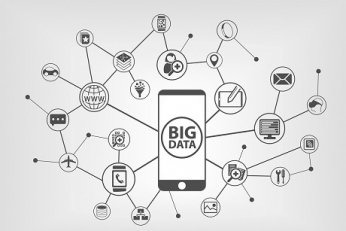Data Management in Transition to Digital Economy
Ensuring favorable conditions for collecting, processing and storing data is one of the objectives of the national program "Digital Economy of the Russian Federation." This is not surprising, since the amount of generated data is constantly growing: according to expert estimates, by 2025 the global data volume can reach 163-175 zettabytes (in 2018 this figure was 33 ZB), and their analysis becomes a tool for making effective decisions , improving the quality of public services, adjusting production and business processes.
Based on the opinions of representatives of the professional community, let us see what the regulation of data processing should be in order to achieve these goals and which sectors are ready for digital transformation.
Legal regulation
For many years, the processing of big data is considered one of the most important areas in the field of information technology that directly affect global technological competitiveness 2025). Moreover, provisions on the need for the development and application of Big data technologies are contained not only in strategic but also in industry documents
Thus, the processing of big data is related to the main end-to-end technologies for working with data in the transport complex in accordance with the comprehensive plan for modernization and expansion of the trunk infrastructure for the period up to 2024, the procedure for reflecting the costs of implementing Big data technology in the scope of accounting and registration actions is provided for and the use of codes of budget classification of the Russian Federation. In addition, the guidelines for the transition of state-owned companies to the predominant use of domestic software set targets for the development of big data processing systems based on such software.
However, there is no legislative definition of the very concept of “big data”. Based on the regulatory understanding of processing large amounts of data (sub. "To" p. 4 of the Information Society Development Strategy in the Russian Federation for 2017–2030), one can say that big data is structured and unstructured information from a large number of different, including disparate or loosely coupled sources in volumes that cannot be processed manually in a reasonable time.
Under the structured data, as noted by representatives of the expert community, understood as ordered information contained in databases, information systems, etc. And unstructured data is information contained in audio and video recordings, included in graphic images text, that is, data in formats making it difficult to search for specific information in them.
